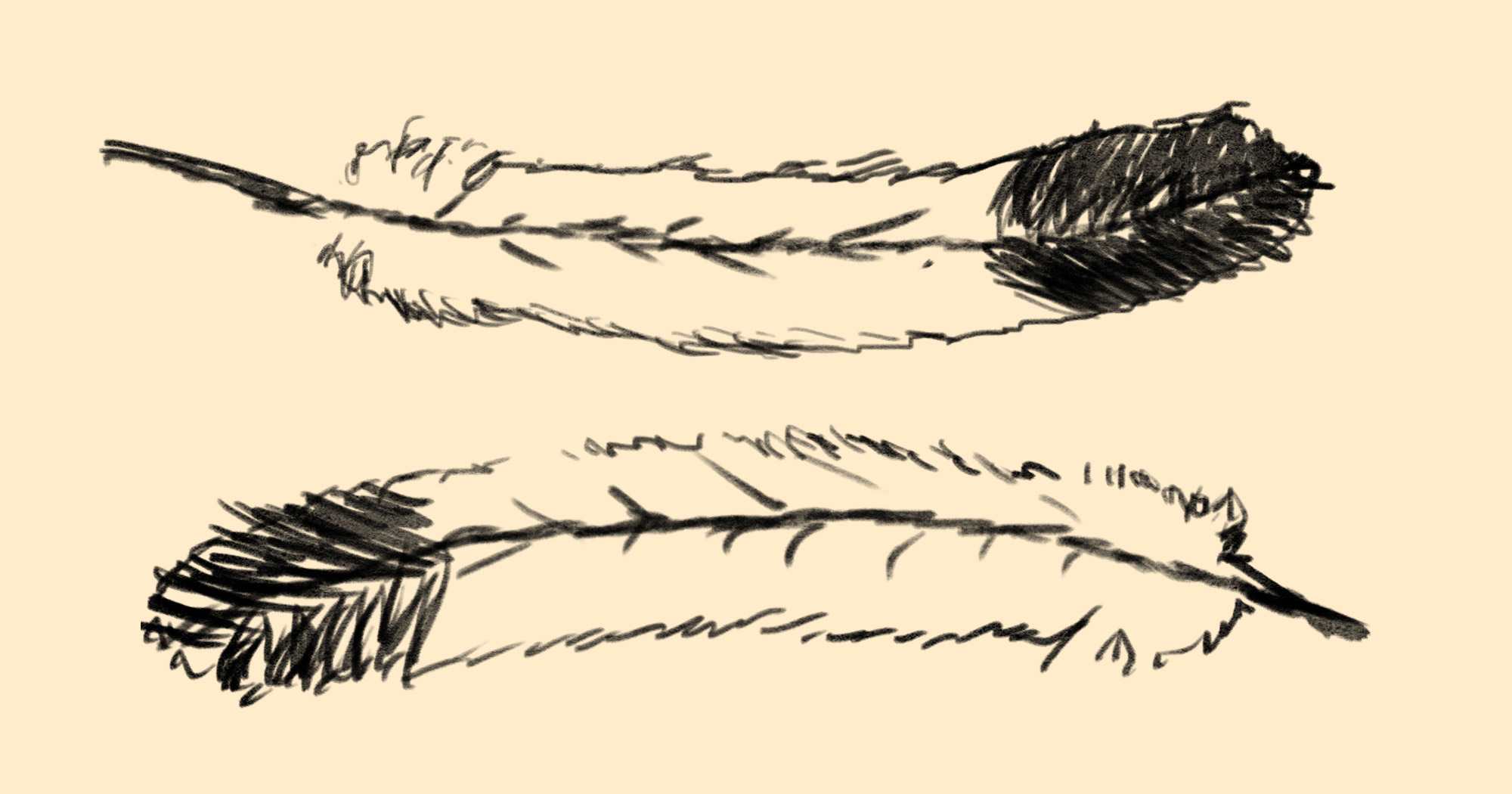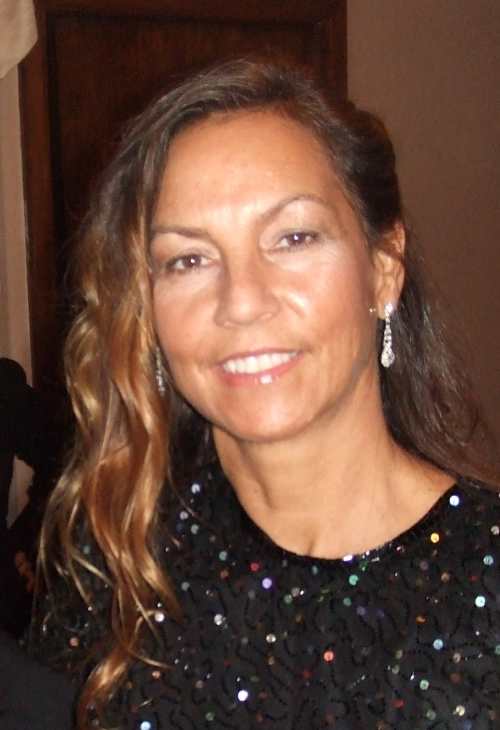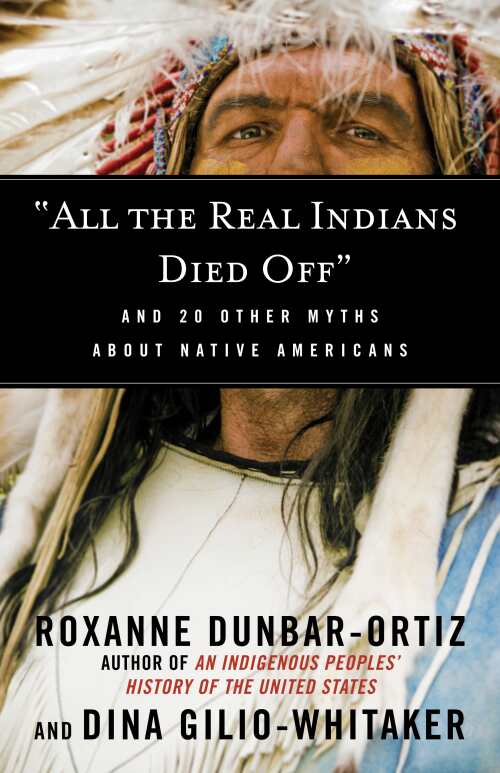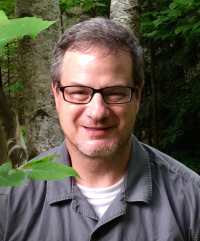Goodbye, Columbus; Native Americans Reclaim History by Throwing Away Myths

This Monday is officially Columbus Day, but a growing number of Americans are refusing to celebrate the life of the historically troubling lost sailor, replacing or pairing the holiday with Indigenous People’s Day. But this mainstream recognition that Columbus may not be holiday-worthy is something Native Americans have been telling us for centuries. Columbus didn’t “discover” anything, but he did set in motion a chain of events that devastated the indigenous people he mistook for “Indians.” The myth of Columbus is just one invented story among many explored in “All the Real Indians Died Off”: And 20 Other Myths About Native Americans (Beacon Press), by Roxanne Dunbar-Ortiz and Dina Gilio-Whitaker. I thought Columbus Day / Indigenous People’s Day would provide a great opportunity for them to set the record straight. Here’s my interview with Gilio-Whitaker.
From Columbus Day to Thanksgiving, to sports mascots, why are Native Americans trying to throw cold water on our national mythology?

Dina Gilio-Whitaker: 'Celebrating Columbus is like the Jews celebrating Hitler.'
Because they are mostly lies, or half-truths, or built on lies or half-truths. Or the fact that the US’s heroes are Native American’s enemies. In the case of Columbus, celebrating Columbus is like the Jews celebrating Hitler. He was the one who introduced slavery and genocide to this continent. Why would anyone want to celebrate that legacy, Native or non-Native?
Thanksgiving is a classic example of a mythologized half-truth. Was there an actual dinner that Indians and Pilgrims sat down to? Yes, but that’s as far as the truth goes. It was not this glorious pre-planned event designed to formally give thanks together in unity and interracial, intercultural harmony. It was quite accidental, and there is very little documentation about it. About the relationship between the Pilgrims and the Indians, it can best be explained not by this wonderful friendship, but by a political relationship built on mutual self-interest, motivated by desperation.
As far as sports mascots, in the United States you could never get away with making mascots of any other group of living, real people. Why is it acceptable to do it to Native peoples? It’s twisted on so many levels, that we devote an entire chapter to it.
Why do you think many people believe so many untrue things about Native Americans?
Because they are built into the very sociopolitical, and even legal fabric of this country, especially when it comes to the body of federal Indian law. Take, for example, the idea of Indians being inferior to whites. That ideology was present before Columbus even got here, because it stems from the Catholic Church. The church wrote these documents called papal bulls, which essentially declared the savagery of non-Christian peoples, and used that to justify slavery and and the theft of indigenous lands. At the time, it wasn’t even about skin color. It was about not being Christians.
Now we have the legacy of the doctrine of discovery, the most bedrock principle of federal Indian law, used to continue the justification of the US’s unilateral authority over Indian people and their lands. The doctrine was first articulated in 1823, the very first Supreme Court decision about Native nations, and explicitly talked about the “superior genius” of Europe, which was reason enough to justify the “pretense” of conquest. This is the actual language used in that court decision, Johnson v. M’Intosh.
It seems that every ethnic group in America comes prebaked with a set of stereotypes. What makes the ones about Native Americans any different?
The stereotypes are so dangerous for Native people for the very reason discussed in the previous question. They have material consequences. And those consequences amount to the ability of the institutions of the United States—Congress, the executive, and the Supreme Court—to continue to dispossess Indians of their lands and violate their treaty rights. These are not things we can say exist in a distant past. They are living processes that contribute to ongoing trauma in Native communities.
A perfect example is the Dakota Access Pipeline, which was permitted by the Army Corps of Engineers, without appropriate consultation with the Standing Rock Sioux people, against US law. And, I might add, it totally violated the principle of free, prior, and informed consent, a principle the US in theory supported when it endorsed the United Nations Declaration on the Rights of Indigenous Peoples.
In researching the book, were there any myths that surprised even you?
No. The myths we identified were based not only on our academic knowledge, but on our lived experience.
Christopher Columbus. Describe him in one sentence.
Columbus was nothing but a lost sailor who didn’t “discover” anything; all he did was unleash the greatest wave of genocide and slavery in recorded history.

Howard Lovy is executive editor at Foreword Reviews. You can follow him on Twitter @Howard_Lovy
Howard Lovy
